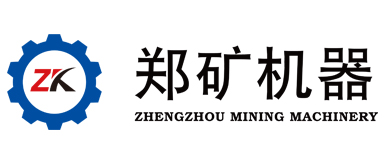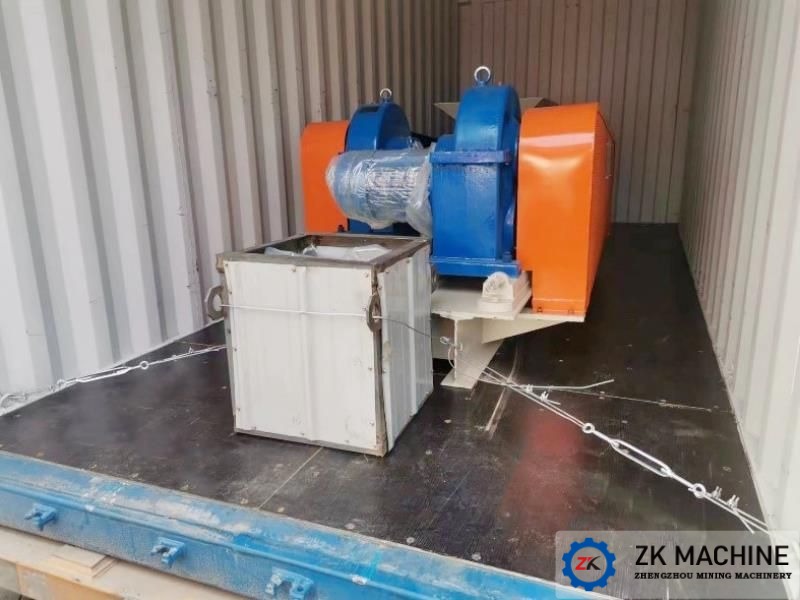Zinc Oxide Production Process in a Rotary Kiln
Zinc is a silvery white metal with a slightly light blue color, a density of 7.14g/cm3, and a melting point of 419.5℃. At room temperature, it is brittle; at 100-150℃, it becomes soft; after exceeding 200℃, it becomes dry. Zinc has active chemical properties. In the air at room temperature, a thin and dense basic zinc carbonate film is formed on the surface to prevent further oxidation. When the temperature reaches 225℃, zinc oxidizes violently.
Zinc is difficult to burn in the air and emits a strong white light in oxygen. There is a layer of zinc oxide on the surface of zinc, which emits white smoke when burning. The main component of white smoke is zinc oxide, which not only blocks zinc combustion, but also refracts the flame color to form a pale light. Zinc is easily soluble in acid and can easily replace gold, silver, copper, etc. from the solution. The melting point of zinc oxide film is high, but the melting point of metal zinc is very low. Therefore, when the zinc sheet is heated on an alcohol lamp, the zinc sheet melts and softens, but does not fall off, which is precisely because of the effect of the oxide film. Zinc is mainly used in the fields of steel, metallurgy, machinery, electrical, chemical, light industry, military and medicine.
Application of Zinc Oxide:
Zinc oxide can be used in many industries such as medicine, chemical, paint, pigment, etc. Under the background of rapid economic development in my country, the demand for zinc oxide in industrial production is increasing. Zinc oxide is mainly obtained by rotary kiln smelting, and this process is popular in China.
Lead-zinc ore smelting is to enrich zinc in slag, and then treat the slag with a fuming furnace to produce zinc oxide or crude zinc oxide. In China, the leaching slag produced by the blast furnace is mainly fumed in a rotary kiln to obtain zinc oxide or crude zinc oxide.

Zinc Oxide Production Process in a Rotary Kiln
The production of low-grade zinc oxide is a direct production process with a rotary kiln as the main equipment, called the Wiltz process, also known as the rotary kiln volatilization process. The processing process is: various zinc-containing materials (mainly water-quenched slag or zinc leaching slag) are mixed with coke powder or smokeless crushed coal in a certain proportion, and then put into the rotary kiln through the kiln tail discharge pipe. When the rotary kiln rotates, the materials slowly roll forward. Under forced blast, a high-temperature reaction zone of 1000-1200℃ is formed in the kiln. Under this condition, the zinc metal compound in the charge contacts the reducing agent carbon, and is reduced by C and CO to metal zinc vapor and enters the gas phase. In the gas phase, it is oxidized by oxygen in the air to zinc oxide dust, which is captured by the dust collection system along with the flue gas. The captured flue dust is the low-grade zinc oxide product. In addition, metals enriched with zinc (such as lead, indium, etc.) are also reduced and oxidized into the product, while copper and precious metals gold and silver remain in the kiln slag.
Features of Zinc Oxide Rotary Kiln
1. The zinc oxide rotary kiln equipment is simple to configure, reduces investment costs, and improves productivity.
2. The zinc oxide rotary kiln has high ore dressing efficiency, and the zinc oxide obtained through calcination and smelting is of good quality and has a small amount of nodules.
3. The entire zinc oxide production line runs smoothly, with a large production volume, and the fuel cost is greatly reduced during the smelting process.




